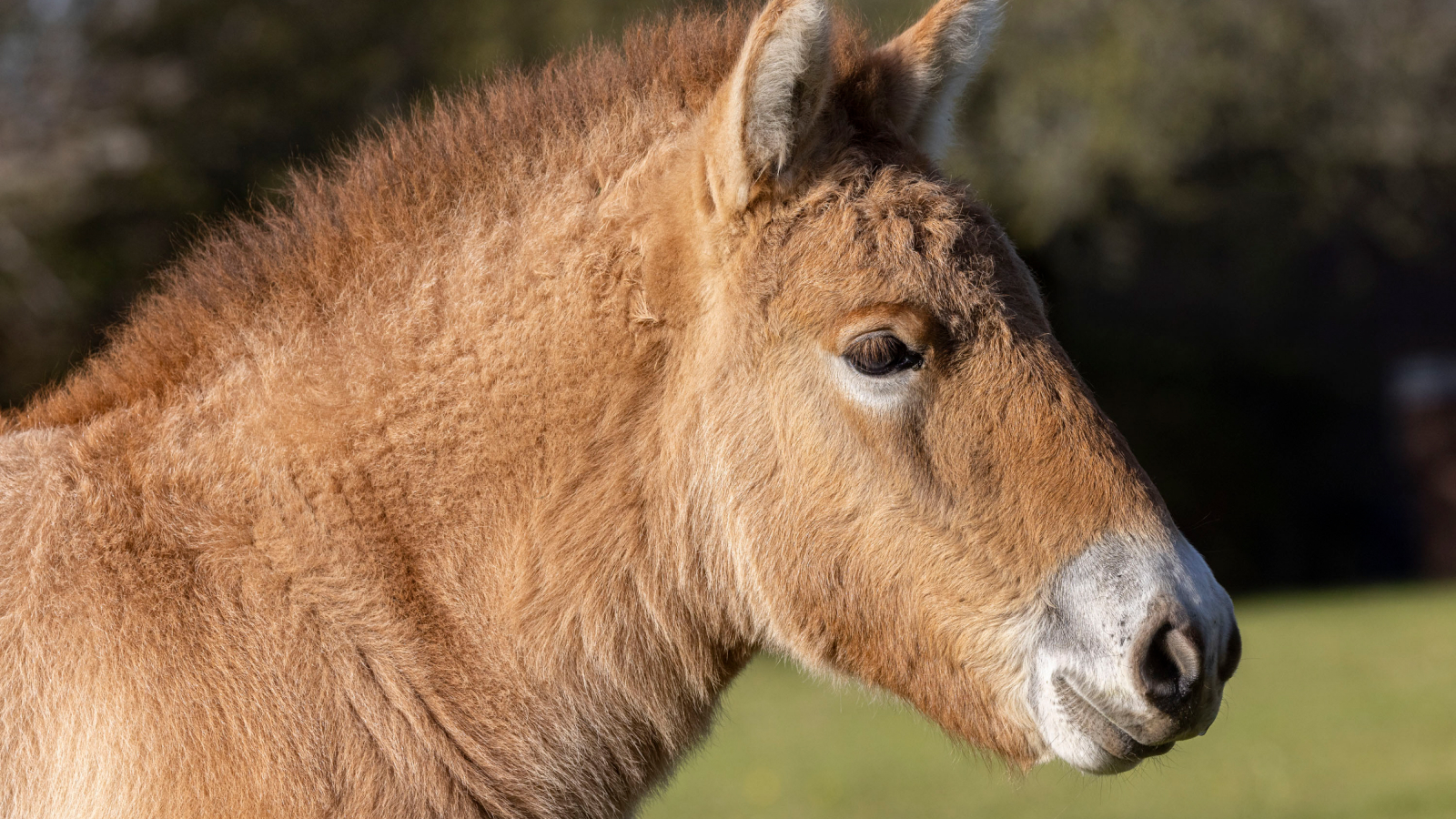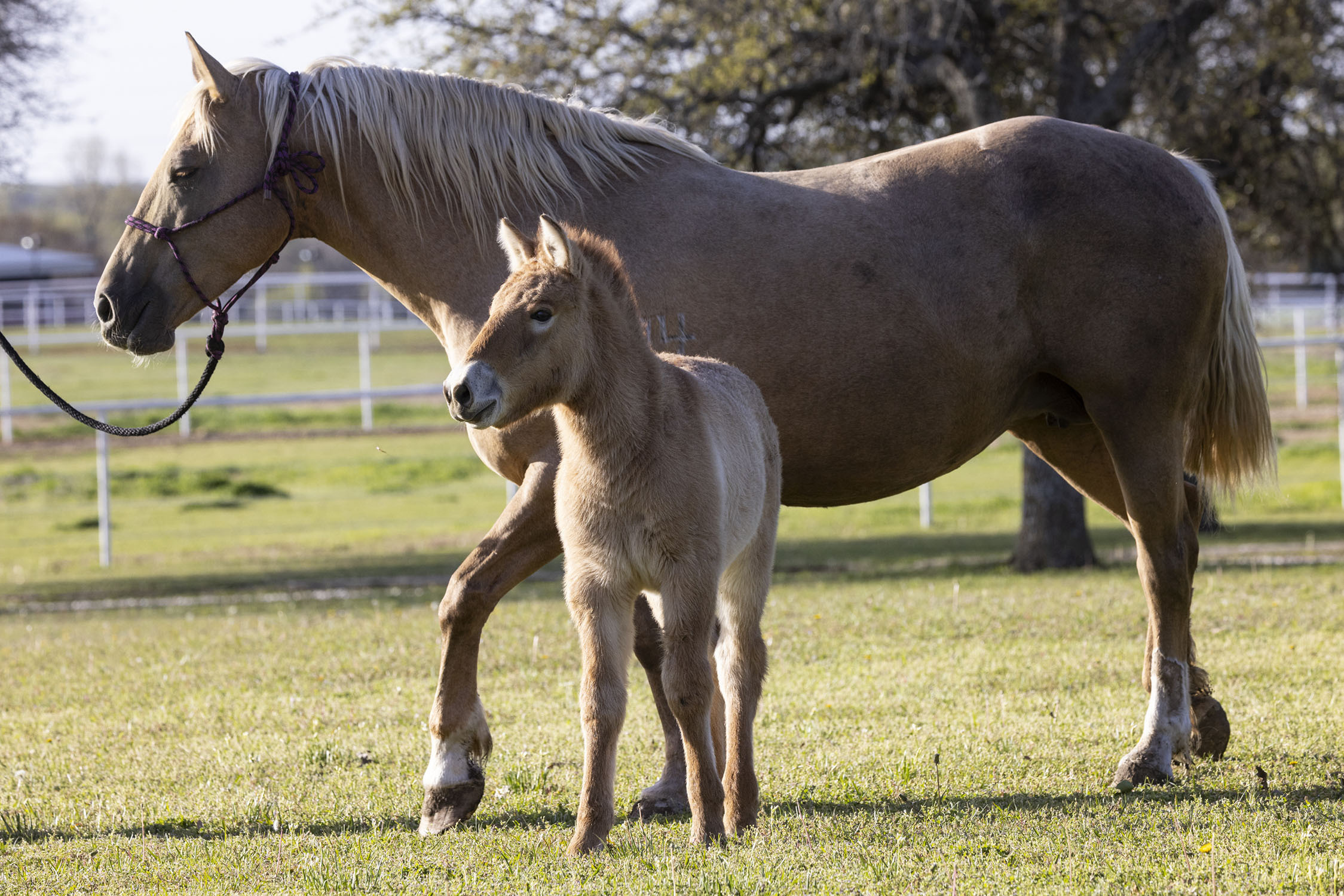Cloned Przewalski's horses are 'resurrected stallions' that could help species thrive, scientists say
Przewalski's horses cloned from a stallion that died in 1998 could help reintroduce much needed diversity to the species that was once declared extinct in the wild.

Two Przewalski's horses have been successfully cloned using DNA from a long-dead male, which may have significant implications for the critically endangered species.
The San Diego Zoo Wildlife Alliance announced the birth of the second foal in September 2023. Now scientists have documented the cloning process in a new study, published Dec. 21, 2023 on the preprint server BioRxiv.
Native to the steppes of Central Asia, Przewalski's horse (Equus przewalskii or E. ferus przewalskii) has long been considered the only remaining species of wild horse. Some experts consider it to be its own species, while others consider it to be a subspecies of the extinct Equus ferus, the wild horse from which domestic horses are likely descended.
Przewalski's horses once roamed across western Europe and central Asia. But their populations began to plummet due to a variety of factors, including agricultural competition, human conflicts and brutal winter conditions. Populations were already diminished when the species was first described in the late 19th century.
The last known truly wild Przewalski's horse was sighted in 1969 in Mongolia, and it was declared extinct in the wild in the 1980s. Now, only around 3,000 remain in captive populations and reintroduced herds. The current population is descended from 13 foals captured in the wild between 1899 and 1902 — the only reproducing members of the 53 horses originally distributed to zoos.
Related: How does cloning work?
A formal breeding program began in 1959. However serious inbreeding issues resulted from the scant original population — a situation that was slightly alleviated by introducing a small number of domestic horses to the gene pool.
Get the world’s most fascinating discoveries delivered straight to your inbox.
Przewalski's horses were reintroduced to the wild in June 1992 in Mongolia's Hustai National Park. Additional herds have since been reintroduced in China, Hungary, Kazakhstan and Russia.
In 2018, the San Diego Zoo Wildlife Alliance collaborated with Revive & Restore and pet cloning company ViaGen Pets and Equine to introduce much-needed genetic diversity into the existing population.
Scientists generated the two cloned horses using genetic material from a male known as Kuporovic that died in 1998. His donor cells had been preserved in 1980.
They selected Kuporovic as the cell donor because he was the most genetically distant from all other males in the Przewalski's horse studbook — the list of horses that had been bred in the past.
Kuporovic did have some domestic horse ancestry — but this would have little impact in terms of conservation, lead author Ben J. Novak, a de-extinction biologist with conservation organization Revive & Restore, told Live Science.
"Genetic 'purity' in the history of Przewalski's horse conservation is an arbitrary construct influenced heavily by human culture and pseudoscience," he said. "Modern genomics has revealed that hybridization is very common in nature, and not only beneficial in many circumstances but also has played an essential role in the evolution of many species."
The two horses were cloned by fusing cells from the donor horse with oocytes (ovarian cells) from domestic mares by applying an electrical pulse. The artificially fertilized egg then began developing into an embryo just as a normally fertilized egg would.
Ethicists have raised concerns about the potential health problems in cloned animals. Dolly, the famous cloned sheep, lived to be only 6 years old, about half the normal lifespan of a sheep. But other cloned sheep appear to be living normal lifespans, so the frequency of negative effects due to the cloning process remains unclear.
"Currently, we have no reason to believe that cloned Przewalski's horses are different from naturally conceived Przewalski's horses," Novak said.
More broadly, the success of "resurrecting stallions" via cloning could help to "undo some of the genetic erosion" caused by breeding from zoo populations, the authors wrote.

Richard Pallardy is a freelance science writer based in Chicago. He has written for such publications as National Geographic, Science Magazine, New Scientist, and Discover Magazine.



